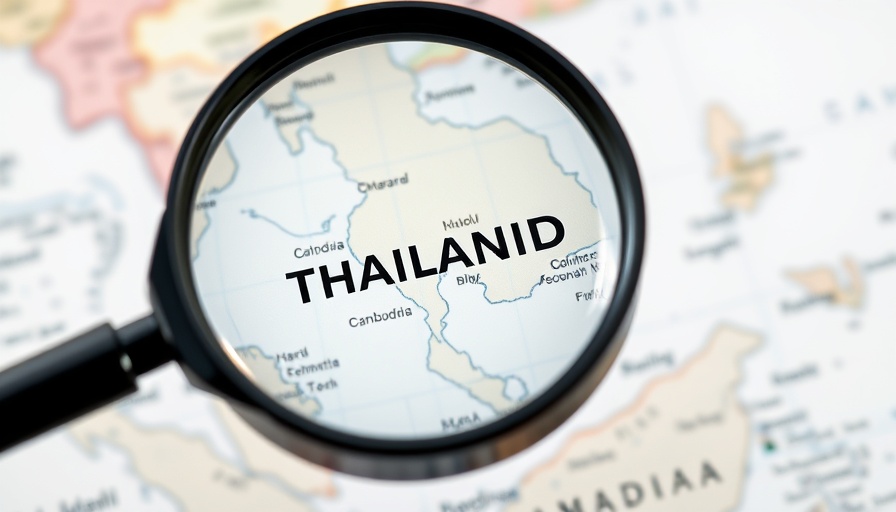
India’s Brave New World for Digital Nomads
In an exciting move that intertwines technology with rural hospitality, India is making waves in the digital nomad space with its first official Digital Nomad Village in Yakten, nestled in the breathtaking Himalayas. Announced on July 14, 2025, this initiative called Nomad Sikkim is the brainchild of local government collaboration with the nonprofit organization Sarvahitey, aimed at promoting remote work while empowering local communities.
The Vision Behind Nomad Sikkim
Yakten was strategically chosen for its serene environment and natural beauty, which is invaluable for the modern remote worker seeking a break from the bustling city life. What makes this village unique is its integration of high-speed internet and local coworking spaces, which cater specifically to digital nomads. The picturesque village offers cozy homestays that provide comfortable lodging options for visitors, allowing them to work in tranquility while immersing themselves in vibrant local culture.
Dual Benefits: Local Community and Digital Nomads
One of the standout features of Yakten’s initiative is its win-win structure, where not only are digital nomads welcomed, but the local community also benefits significantly. This progressive model ensures that local homestay owners and small businesses receive support and a steady influx of visitors outside the usual tourist seasons. The unique blend of tourism and sustainable community development opens new doors, fostering a mutually beneficial relationship between visitors and locals. This approach can help to change the traditional tourism narrative into something more sustainable and supportive of local livelihoods.
Enviro-responsibility and Sustainability
In the era of climate change, the Nomad Sikkim initiative aligns itself with sustainability goals. It embraces the idea that remote work can reduce carbon footprints by decreasing travel dependence. By providing a digital-friendly infrastructure in rural areas, this initiative can lead to a reduction in urban congestion and the questionable sustainability associated with large cities. This movement resonates with remote income opportunity seekers who value not only productivity but also environmental stewardship.
What This Means for the Future of Remote Work
The establishment of Yakten as a Digital Nomad Village signifies a broader trend towards integrating technology into rural lifestyles, presenting new opportunities for growth both economically and socially. As more people embrace remote work, places like Yakten might emerge as models for future initiatives globally. This interconnected approach can invigorate rural economies while appealing to the lifestyle preferences of many remote workers looking for unique experiences.
Making Remote Work More Accessible
For many aspiring digital nomads, a lack of reliable internet and suitable coworking environments are barriers to entry. Yakten’s initiative aims to dissolve these barriers and create a welcoming environment. As remote income opportunities expand, locations like this provide alternatives that are not only productive but also culturally and socially enriching.
Expert Insights: The Impact of Digital Nomad Communities
According to recent research, digital nomad communities are burgeoning well beyond traditional boundaries, driven by flexibility and accessibility technologies. The convergence of technology and lifestyle is reshaping the travel and work experience, creating new paradigms that benefit individuals and communities alike. Nomad Sikkim showcases a proactive approach that reconciles the needs of a new workforce with the rich cultural heritage of rural India.
Conclusion: A Call to Explore New Horizons
The unveiling of India’s first Digital Nomad Village is a beacon for remote workers worldwide. It’s more than just a workplace; it's a path to sustainable living and a testament to the power of community. As you explore your own remote working journeys, consider the unique opportunities that places like Yakten offer. So why not take the next step? Dive into the world of digital nomad adventures, and discover how you can become a part of this evolving landscape.
 Add Row
Add Row  Add
Add 




Write A Comment